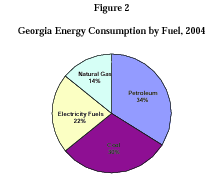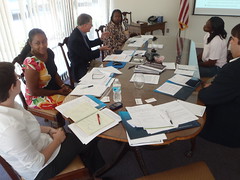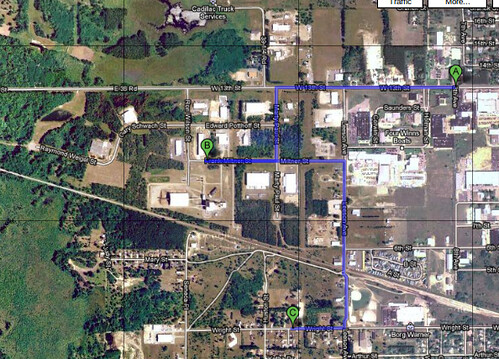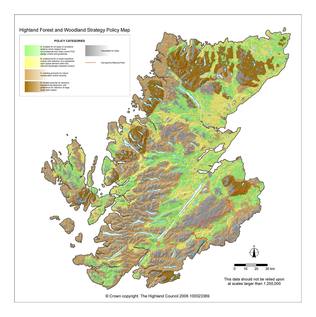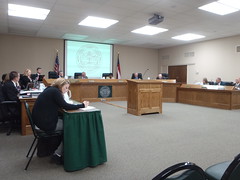 Some concerned citizens
met with the Valdosta-Lowndes County Industrial Authority on JulyJune 10, 2010
about the proposed biomass plant on Inner Perimeter Road.
Not everyone was convinced that it was a good idea.
Some concerned citizens
met with the Valdosta-Lowndes County Industrial Authority on JulyJune 10, 2010
about the proposed biomass plant on Inner Perimeter Road.
Not everyone was convinced that it was a good idea.
Pastor Angela Manning of New Life Ministries has organized a Town Hall meeting for tomorrow, Thursday 8 July 2010 at 7PM:
| Date: | Thursday, July 8th, 2010 |
| Time: | 7 p.m. |
| Venue: | New Life Ministries |
| Address: | 5651 Inner Perimeter Rd., Valdosta, GA 31606 |
-jsq


